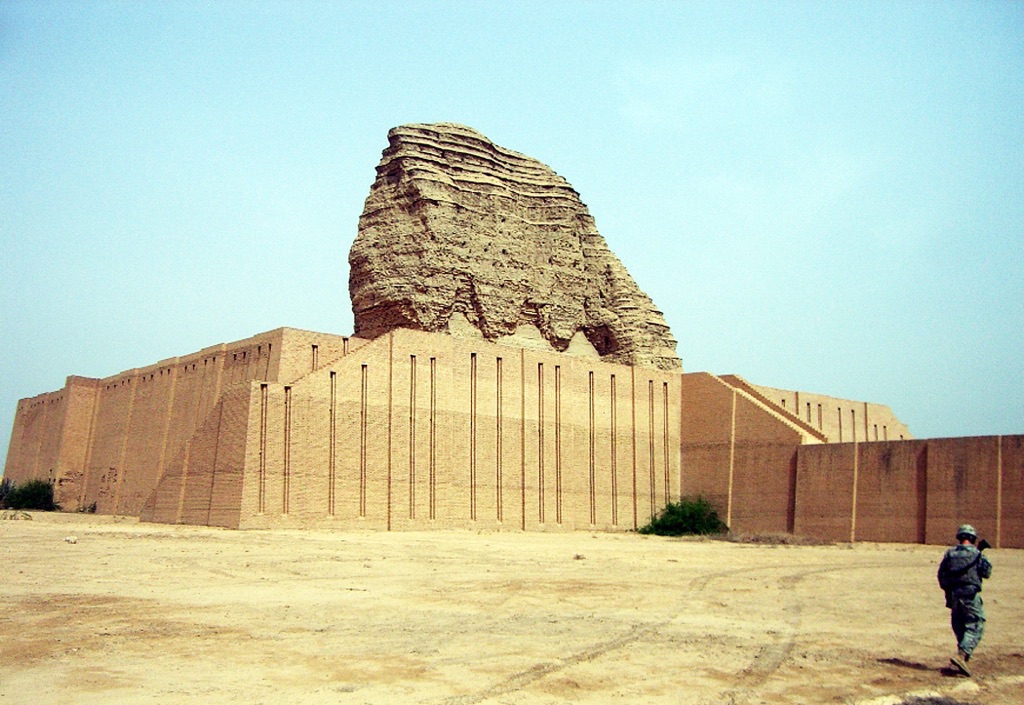Dur-Kurigalzu, a city from ancient Mesopotamia, stands as a testament to the Kassite Dynasty’s architectural prowess. Founded by King Kurigalzu I in the 14th century BC, it served as a political and religious center. The city, named after its founder, was strategically positioned between the Tigris and Euphrates rivers. Its ruins, including a ziggurat and palatial complex, provide insight into Kassite culture and influence. Excavations have unearthed artifacts that shed light on the city’s significance in ancient times.
Monumental Structures
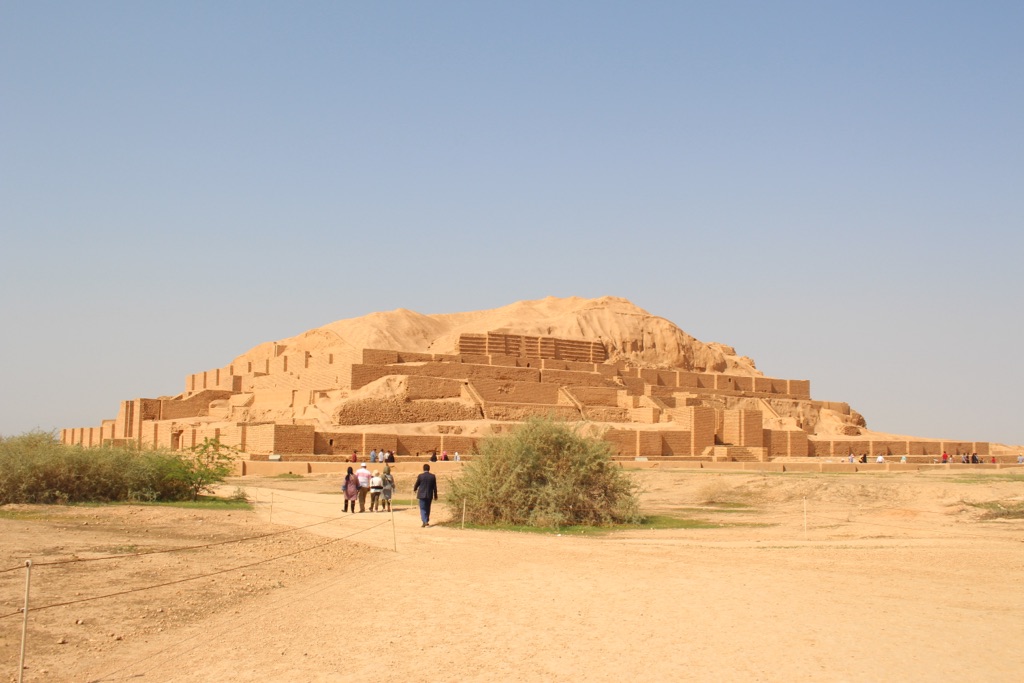
Chogha Zanbil
Chogha Zanbil is an ancient Elamite complex in the Khuzestan province of Iran. This site, one of the few extant ziggurats outside of Mesopotamia, was built around 1250 BC by the king Untash-Napirisha. Originally named Dur Untash, it was a religious center dedicated to the Elamite divinities Inshushinak and Napirisha. Chogha Zanbil remains one of the most significant testimonies to the Elamite civilization and was one of the first Iranian sites to be inscribed on the UNESCO World Heritage List in 1979.
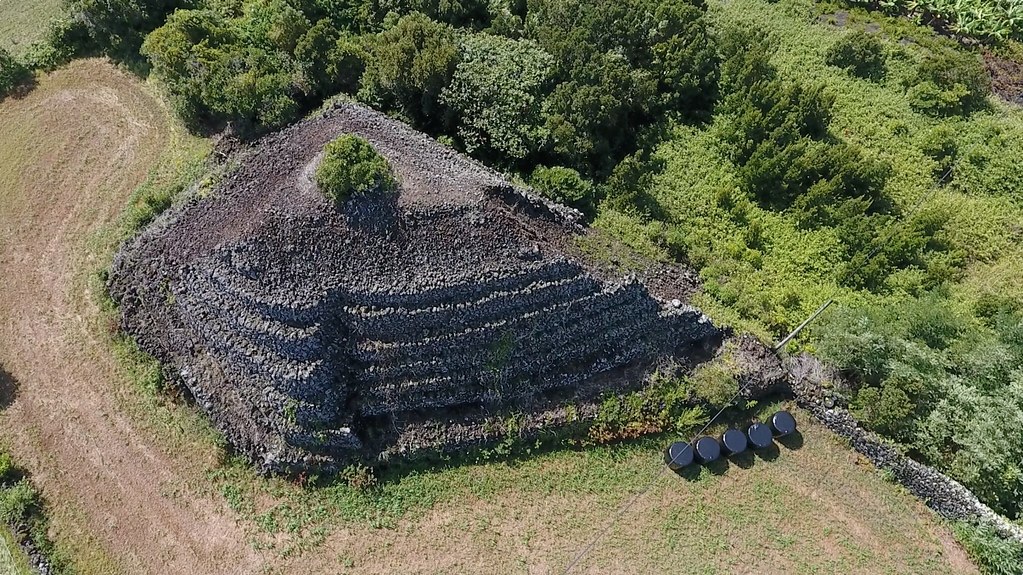
Azores Pyramids
The Azores Pyramids, also known as the Pyramids of the Azores or the Portuguese Pyramids, are a series of stone formations found on the Azores Islands. These structures have sparked interest and debate among archaeologists, historians, and enthusiasts. The Azores, an archipelago in the mid-Atlantic, are an autonomous region of Portugal. The discovery of these pyramidal structures has led to various theories about their origin and purpose, ranging from natural formations to remnants of ancient civilizations.
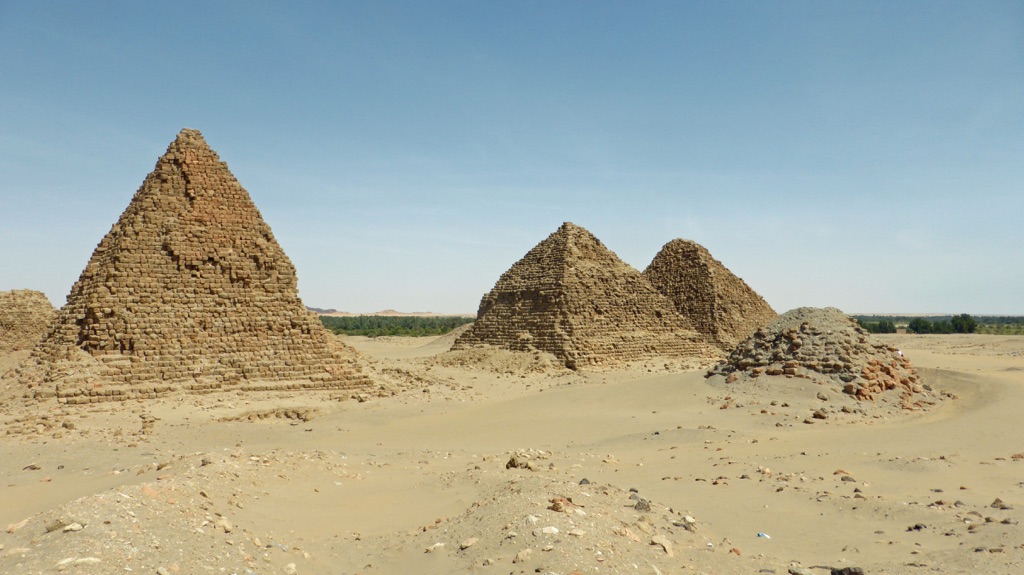
Nuri Pyramids
The Nuri Pyramids, a captivating cluster of ancient structures, lie in the heart of Sudan’s desert. These pyramids served as the burial grounds for the Kushite kings and queens. The site, less known than its Egyptian counterparts, offers a unique glimpse into the Nubian civilization that flourished along the Nile. The Nuri Pyramids stand as a testament to the architectural prowess and the cultural significance of the Kingdom of Kush.
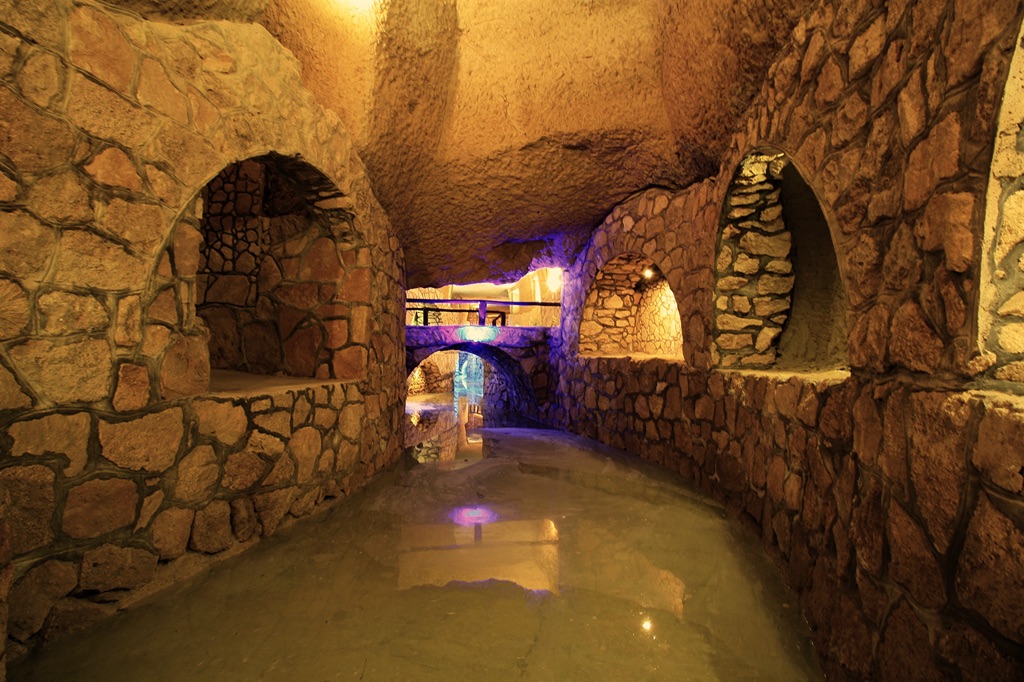
Kariz Underground City
The Kariz Underground City, also known as Kish Hydropolis, is a subterranean city located on Kish Island in Iran. It’s an ancient aqueduct system, also known as a ‘qanat’, which was transformed into an underground city. This remarkable site, which dates back over 2,500 years, showcases the ingenuity of ancient engineering. It was initially designed to collect, purify, and store water for the inhabitants of the island. Over time, it has been repurposed for various uses, including as a trading and storage center. The city’s labyrinthine tunnels stretch for several kilometers, offering a glimpse into the past civilizations that once thrived in this region.

Pyramids Before and After Excavation
Ok by now you’ve probably heard of most of the Pyramids in the article below, but I bet you haven’t see what they looked like before they were excavated and restored. You’ll be surprised just how much work has gone into uncovered and excavating these huge historic monuments to where we are today with millions of visitors snapping pics of these places on the regular. Enjoy this journey through time.

